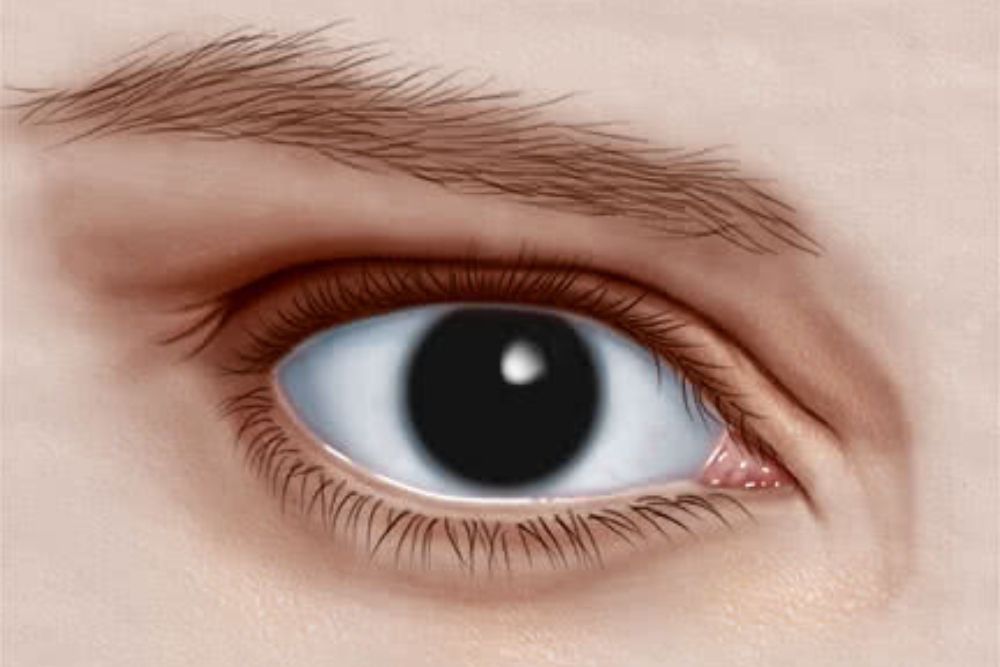This is not in the sense that most of us know or experienced. When a black eye is mentioned most of us think of the bruising and swelling from physical injury causing the tiny blood vessels to leak blood and fluid under the skin around the eye. There is a rare eye disorder, it occurs in 1 in 50,000 people, known as aniridia which makes the eye appear to have no iris and the eye looks completely black.
Aniridia is a serious rare genetic eye disorder that affects the colored part of the eye-the iris. The iris is partially or fully gone and the pupils are abnormally large and may be oddly shaped. In some cases, other structures of the eye are poorly developed affecting the cornea, anterior chamber, retina, and optic nerve. Aniridia often is found in both eyes but can affect each eye differently. Aniridia can be present at birth or appear later in life.
The cause in most cases is due to a mutation in chromosome 11 and it affects the PAX 6 gene. The PAX 6 gene belongs to a family of genes that play a critical role in the formation of tissues and organs during the development of the embryo.
Symptoms of Aniridia include:
- Poor vision
- Sensitivity to light
- Fast uncontrollable shaking “to and fro” eye movement
- Eyes don’t line up
Aniridia treatment is usually directed at treating and improving vision. Patients will need regular eye exams to watch for complications such as cataracts and glaucoma. Some patients will need special glasses to protect their eyes from sunlight, protect them from injury and correct any loss of visual sharpness.
Complications to be on the look-out for:
- Aniridia-related keratopathy
- Glaucoma
- Cataracts
- Problems with the optic nerve
- Retinal tearing or detachment
#eyegotcha
#PittsburghOptometrist
#PittsburghEyeCare
Sources:
www.Coopersvision.com
www.cedars-sinai.org

